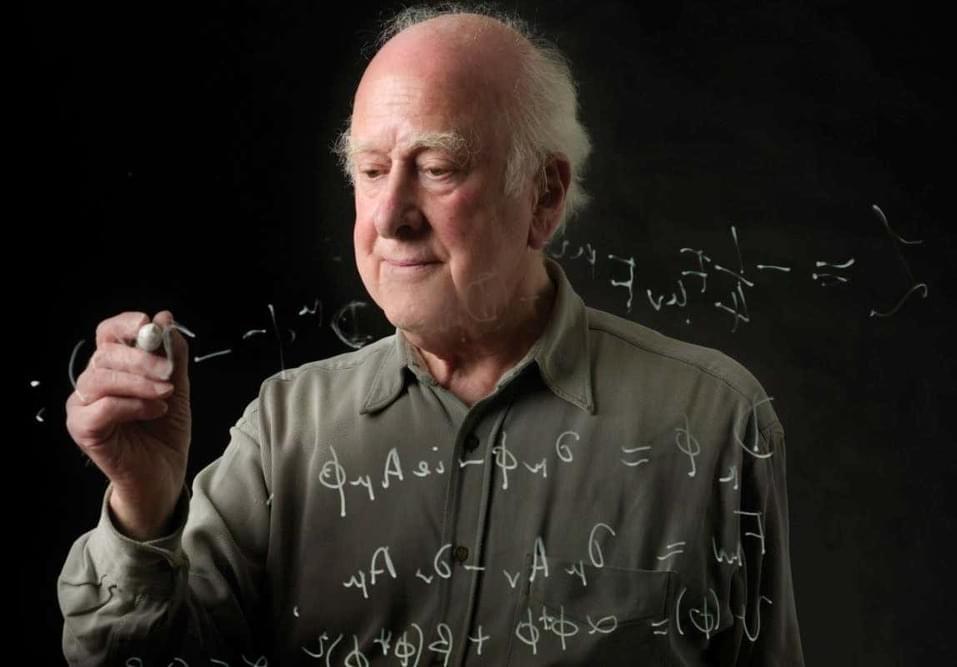The U.S. announced on Friday a new $820 million Ukraine military aid that includes the National Advanced Surface-to-Air Missile System (NASAMS). The Pentagon contract denotes the start of a contracting process for a significant amount of equipment, including four more counter-artillery radars and up to 150,000 rounds of 155mm artillery ammunition, through the Ukraine Security Assistance Initiative.
NASAMS can be quite an unpleasant adversary for tactical aircraft (possibly with the exception of the Su-57), helicopters, drones, subsonic cruise missiles (Caliber, Kh-101, 9M728). Against high-speed targets (from Oniks to Kinzhal) the benefit of this system seems doubtful.
5/— Dmitry Stefanovich (@KomissarWhipla) July 1, 2022









